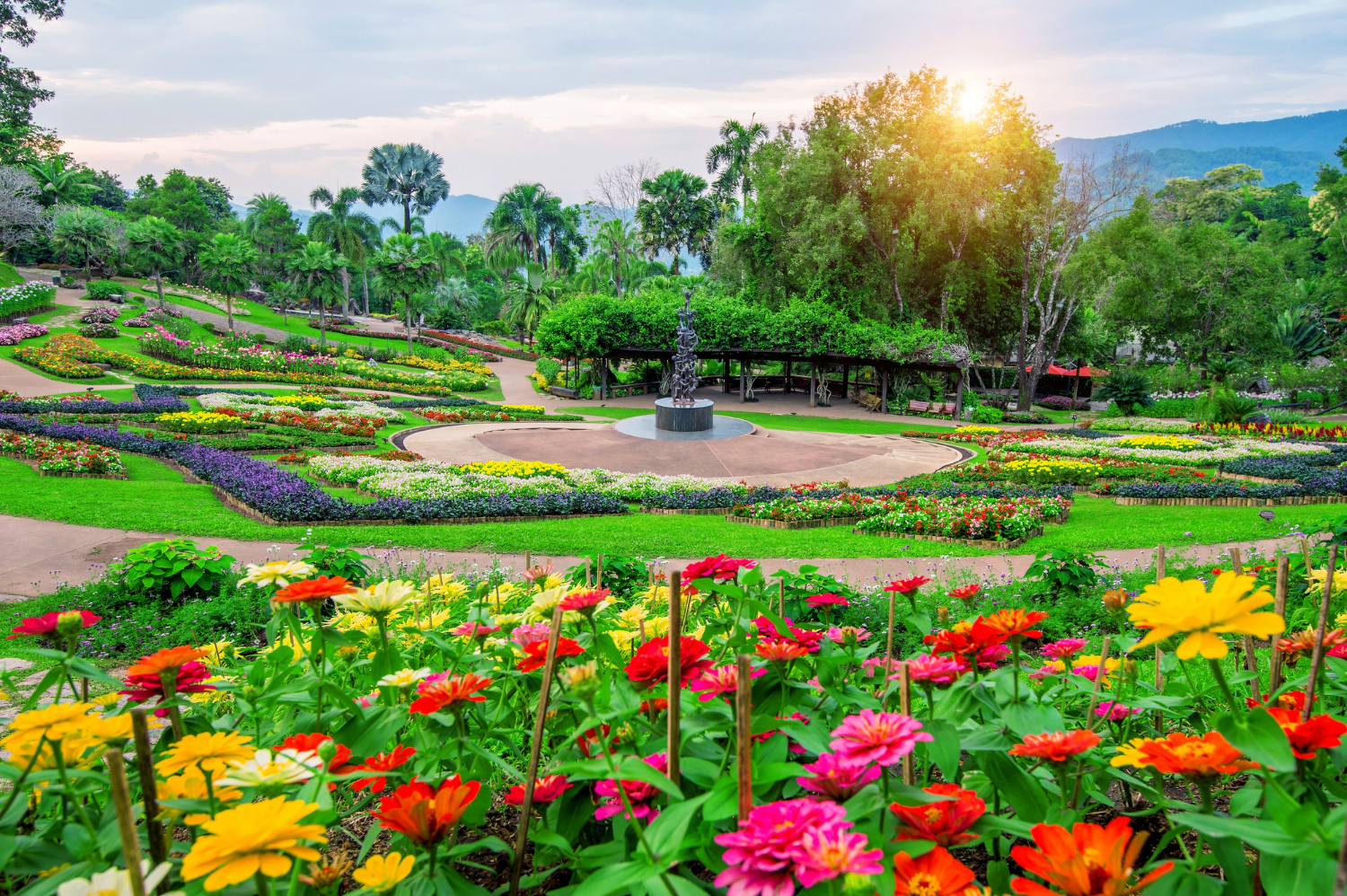Cultivating Beauty: Designing a Picturesque Garden
A well-designed garden is a sanctuary of beauty and tranquility, an outdoor extension of a home where nature and creativity harmoniously intertwine. Whether you have sprawling acres or a modest backyard, transforming your outdoor space into a picturesque garden is an artful journey. This article offers a guide to designing a garden that not only pleases the eye but also caters to the senses and the soul. From layout planning to plant selection, and from decorative elements to maintenance tips, this exploration aims to inspire and assist you in creating your own slice of natural paradise.
Planning Your Garden Layout: Foundations of Design
The initial step in designing a garden is planning the layout. This section discusses how to assess your space and determine the best layout based on your garden’s size, shape, and environmental conditions. It includes tips on creating zones for different purposes, such as dining areas, flower beds, vegetable patches, and relaxation spots. The importance of pathways and their role in guiding movement and sightlines through the garden is also highlighted, providing a foundation for a well-organized and aesthetically pleasing space.
Selecting Plants: Color, Texture, and Harmony
Choosing the right plants is critical in creating a visually appealing garden. This part of the article delves into how to select plants based on color schemes, textures, and the garden’s overall theme. It emphasizes the importance of considering different blooming seasons to ensure year-round interest and the use of perennial plants for long-term structure and consistency. The article also covers the art of layering plants in terms of height, from ground covers to shrubbery and trees, creating a dynamic and multi-dimensional landscape.
Adding Decorative Elements: Personalizing Your Garden
Beyond plants, a garden’s charm is enhanced by decorative elements that reflect personal style. This section explores ideas for incorporating features such as garden sculptures, water features, ornamental lighting, and decorative pots. It discusses how these elements can serve as focal points or complement the natural beauty of the garden. Creative ideas for upcycling and DIY projects are included, encouraging personalization and uniqueness in garden design.
Practical Considerations: Maintenance and Sustainability
A beautiful garden requires ongoing care and maintenance. This part of the article offers practical advice on maintaining the health and appearance of your garden. It covers topics such as watering, pruning, pest control, and seasonal care. Additionally, it highlights the importance of sustainable gardening practices, including composting, rainwater harvesting, and using native plant species to promote biodiversity and ecological health.
Designing a picturesque garden is a rewarding process that enhances not only your living space but also your connection with nature. It’s about creating a harmonious balance between aesthetics and practicality, blending color, texture, and form with the natural beauty of the outdoors. Whether you aim for a vibrant floral haven, a serene green retreat, or a functional family space, your garden can become a reflection of your creativity and a source of endless joy. Remember, the most beautiful gardens are those that evolve over time, growing and changing just as nature does.

